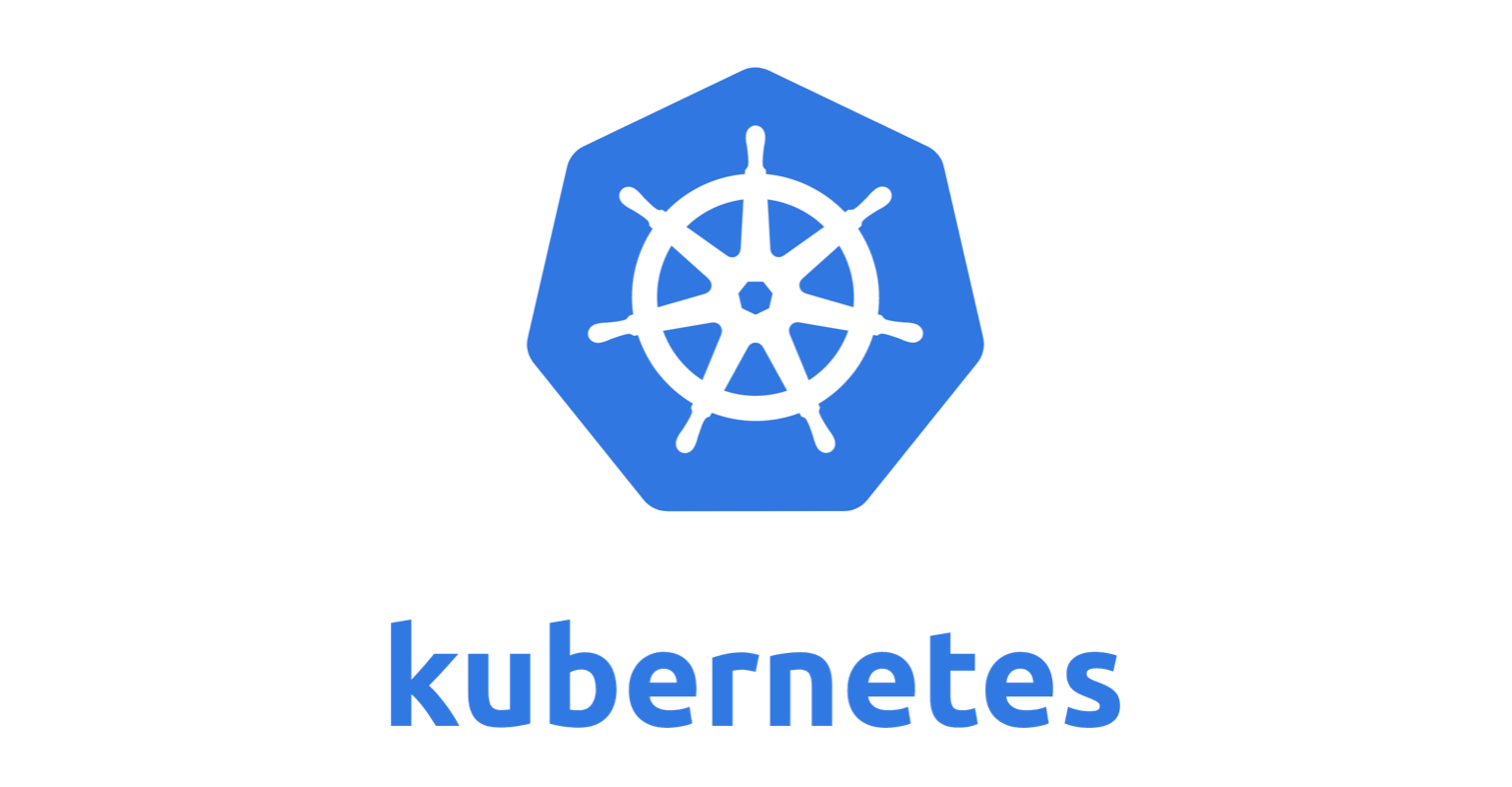Kubernetes security is a complex topic and requires addressing each type of security risk that may impact the various layers and services within a Kubernetes cluster. Kubernetes administrators need to understand the native tools offered by Kubernetes to address security concerns and the third-party security tools that may need to be integrated with the clusters to fill any gaps. In order to approach Kubernetes security, it’s best to think about the types of risks that impact each part of the Kubernetes stack and then identify the tools and resources available to help secure them.
Node security involves adopting the same security strategies for securing any server, such as removing extraneous components, eliminating unnecessary user accounts, and deploying OS-hardening frameworks. The Kubernetes API is designed to be secure by default and is governed by RBAC policies that are configured by the user. Ensuring secure RBAC policies and taking advantage of admission controllers can enhance API security. Kubernetes network security involves creating a network architecture that isolates workloads and deploying firewalls at the gateway level. Network policies can be used to control how traffic flows within a Kubernetes cluster, but they aren’t a substitute for securing the network at the gateway level.
Pod security involves ensuring that each pod is properly configured to run in a secure environment. This includes configuring proper resource limits and security contexts, configuring the pod to run with the principle of least privilege, and enabling image signing and verifying image authenticity. Data security involves encrypting sensitive data, such as secrets, config maps, and data stored in etcd, and storing it in a secure location. Image security involves verifying the authenticity of images, signing images, and scanning images for known vulnerabilities.
Kubernetes security requires a comprehensive approach, as security risks can come from any direction. It’s essential to stay up-to-date with security patches and updates and to continuously monitor the environment for signs of a breach. Kubernetes administrators should also be familiar with security best practices, such as the principle of least privilege, and implement them in their configurations. Overall, Kubernetes security is a complex but necessary task to ensure the security of applications and data running on a Kubernetes cluster.

Eric Chan
Microsoft MVP
SOS Group Limited



